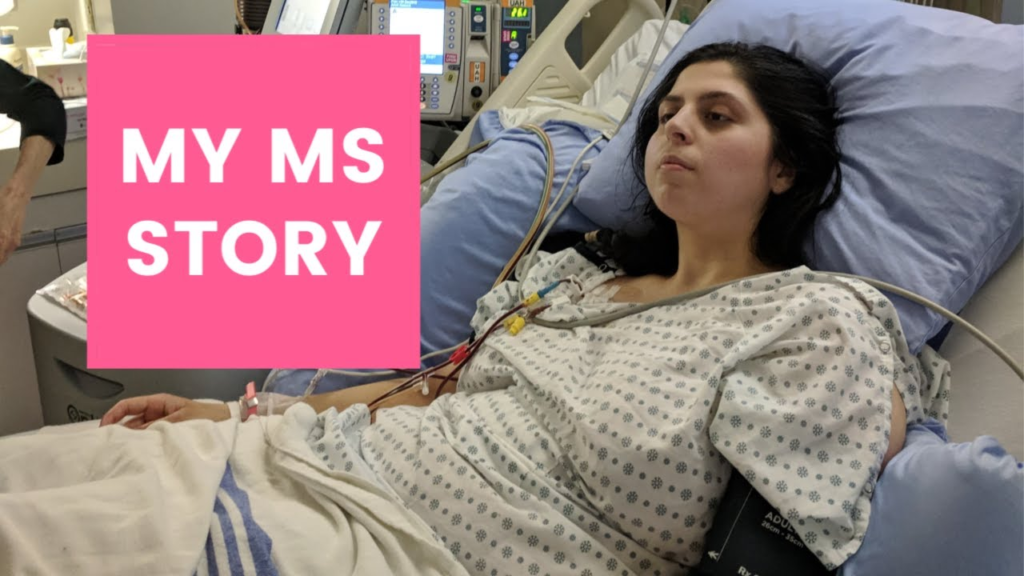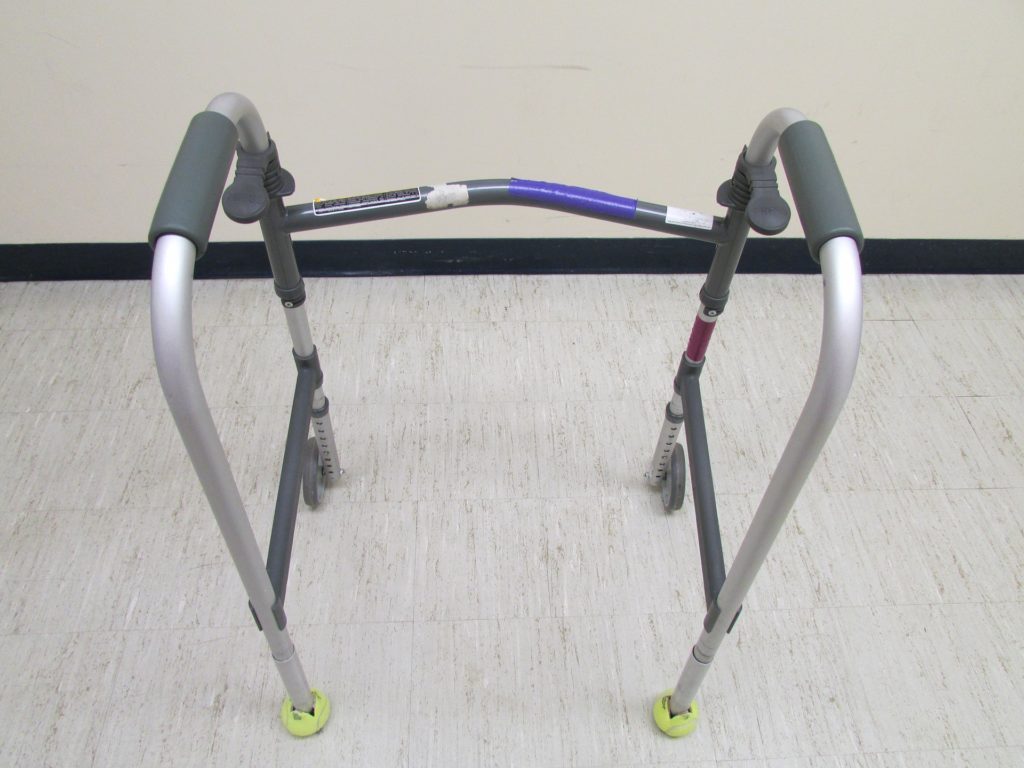The authors of the study, from left to right: Esteban Ballestar (IJC), Cristina Ramo-Tello (IGTP), Federico Fondelli (IJC-IGTP), Eva Martínez-Cáceres (IGTP) and Jana Willemyns (IGTP) Credit Josep Carreras Leukaemia Research Institute
Multiple Sclerosis (MS) is a chronic disease in which the immune system mistakenly attacks the protective layer around nerve cells, known as the myelin sheath. This results in nerve damage and increasing disability. Current treatments, such as immunosuppressants, help reduce these harmful attacks but also weaken the overall immune system, leaving patients susceptible to infections and cancer. Scientists are now investigating a more targeted therapy using special immune cells, called tolerogenic dendritic cells (tolDCs), from the same patients.
TolDCs can restore immune balance without affecting the body’s natural defences. However, since a hallmark of MS is precisely immune system dysfunction, these cells’ effectiveness for autotransplantation might be compromised. Therefore, it is essential to better understand how the disease affects the starting material for this cellular therapy before it can be applied.
In a study published in the prestigious Journal of Clinical Investigation, researchers examined CD14+ monocytes, mature dendritic cells (mDCs), and Vitamin D3-treated tolerogenic dendritic cells (VitD3-tolDCs) from MS patients who had not yet received treatment, as well as from healthy individuals. These cells are loaded with myelin antigens to help “teach” the immune system to stop attacking the nervous system. This approach is groundbreaking as it uses a patient’s own immune cells, modified to induce immune tolerance, in an effort to treat the autoimmune nature of MS.
The research, conducted by Dr. Eva Martinez-Cáceres and Dr. Esteban Ballestar from the Josep Carreras Institute, with Federico Fondelli as the lead author, discovered that immune cells from MS patients (specifically monocytes, which are precursors of tolDCs) maintain a “pro-inflammatory” signature even after being transformed into VitD3-tolDCs, the therapeutic cell type used in treatment. This signature reduces the effectiveness of these cells compared to those derived from healthy individuals, resulting in them not fully realizing their potential benefits.
Using advanced research methods, the researchers discovered a pathway called the Aryl Hydrocarbon Receptor (AhR) that is associated with this changed immune response. By using a drug that affects AhR, the team was able to restore the normal function of VitD3-tolDCs from MS patients in a lab setting. Interestingly, they found that Dimethyl Fumarate, an approved MS drug, had a similar effect to AhR modulation and restored the cells’ full effectiveness with a safer toxic profile.
Finally, studies in MS animal models showed that a combination of VitD3-tolDCs and Dimethyl Fumarate led to better results than using either treatment alone. This combination therapy significantly reduced symptoms in mice, suggesting enhanced potential for treating human patients.



